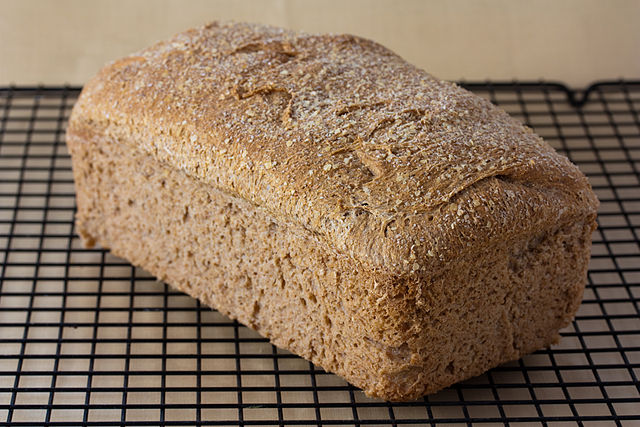Whole Wheat vs Whole Grain
The primary difference between whole wheat and whole grain lies in their health-enhancing components and the way they are processed. While whole grain retains all its original components, whole wheat loses some parts of the seed during processing, resulting in a loss of nutrients.
What is Whole Grain?
Whole grain includes all parts of a kernel: the bran (outer shell), germ (embryo), and endosperm (inner part, core). This means that whole grain retains all its nutritional components, such as dietary fiber, B vitamins, Vitamin E, trace minerals, antioxidants, and small amounts of unsaturated fat. Whole grain is easily digestible and is highly recommended for diabetic and heart patients, as the carbohydrates from whole grains are digested and enter the bloodstream more slowly. Whole grain has a dense texture and is considered tastier, but it has a shorter shelf life.
What is Whole Wheat?
Whole wheat is a refined product of whole grain and primarily contains the endosperm while losing the bran and germ during the refinement process. As a result, it loses some nutrients as well. Whole wheat has a lighter texture and is not as easily absorbed by the body, but it does have a longer shelf life.
Key Takeaways
- Whole grain retains all its original components, while whole wheat loses some parts during processing.
- Whole grain is denser and more easily digestible than whole wheat.
- Whole wheat has a longer shelf life than whole grain.
